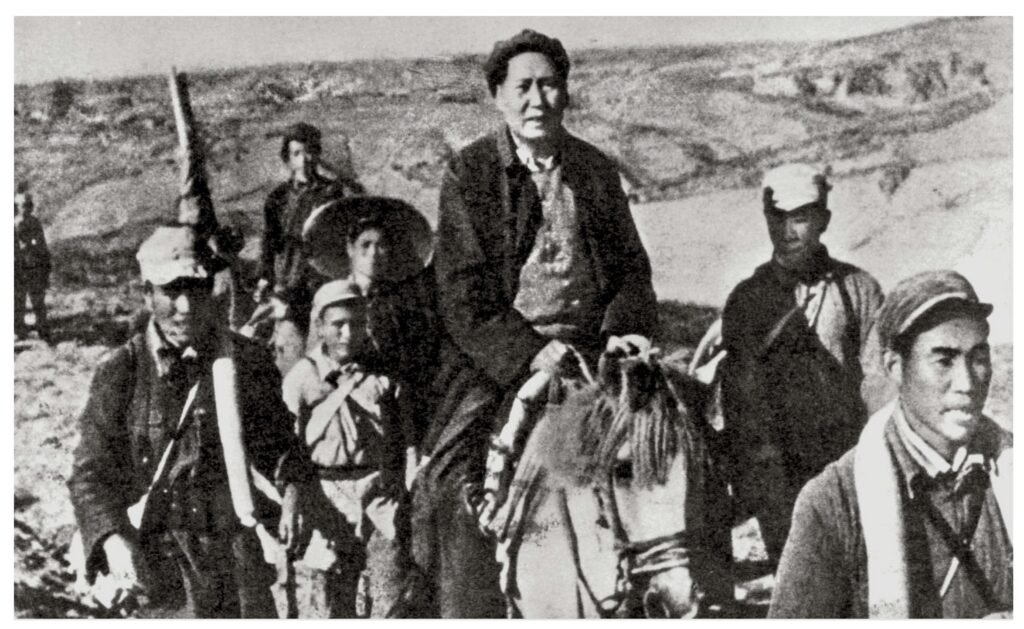The Long March, led by Mao Zedong and the Communist Party of China from October 1934 to October 1935, was a strategic military retreat that played a significant role in shaping China’s future. In a time of turmoil with various factions vying for power, Mao’s innovative military strategies, including guerrilla warfare, allowed the Communist forces to evade capture and regroup in Shaanxi province. The Long March forged unity and determination among the Communists, leading to a more disciplined fighting force. Ultimately, the Long March set the stage for the Communist victory in the Chinese Civil War and the establishment of the People’s Republic of China in 1949, solidifying Mao’s reputation as a revolutionary leader.
The Long March: Mao Zedong’s Military Strategy that Shaped China’s Future
Introduction
The Long March was a pivotal event in Chinese history that played a significant role in shaping the future of the country. Led by the Communist Party of China under the leadership of Mao Zedong, the Long March was a strategic military retreat that took place from October 1934 to October 1935. This article will explore how Mao’s military strategy during the Long March was instrumental in shaping China’s future.
Background
In the early 20th century, China was in a state of turmoil, with various warlords and factions vying for power. The Communist Party of China, led by Mao Zedong, was engaged in a bitter struggle against the ruling Nationalist government led by Chiang Kai-shek. In 1934, the Nationalist forces launched a series of campaigns against the Communists, forcing them to retreat from their strongholds in Jiangxi province.
Mao’s Military Strategy
During the Long March, Mao Zedong implemented a series of innovative military strategies that helped the Communist forces evade capture and regroup in the northwestern province of Shaanxi. One of Mao’s key tactics was the use of guerrilla warfare, which allowed his forces to effectively harass and weaken the much larger Nationalist army. By utilizing the rugged terrain and the support of local peasants, Mao was able to keep his troops supplied and outmaneuver his enemies.
Importance of the Long March
The Long March was a defining moment in Chinese history, as it allowed the Communist forces to survive and eventually emerge stronger than ever. The harsh conditions of the march helped to forge a sense of unity and determination among the Communist ranks, leading to a more disciplined and effective fighting force. The Long March also allowed Mao Zedong to consolidate his power within the party, positioning himself as the undisputed leader of the Chinese Communists.
Legacy of the Long March
The Long March had far-reaching implications for China’s future, as it laid the foundation for the eventual Communist victory in the Chinese Civil War and the establishment of the People’s Republic of China in 1949. Mao Zedong’s military strategy during the Long March showcased his tactical brilliance and leadership skills, solidifying his reputation as a revolutionary hero and a visionary leader. The Long March remains a symbol of the Communist Party’s resilience and determination in the face of adversity.
Conclusion
In conclusion, the Long March was a pivotal event in Chinese history that showcased Mao Zedong’s military strategy and leadership abilities. The lessons learned from the Long March continue to resonate in China today, as the country continues to navigate its path towards economic and political development. The Long March will always be remembered as a testament to the strength and resilience of the Chinese people, and the enduring legacy of Mao Zedong’s vision for a united and prosperous China.
